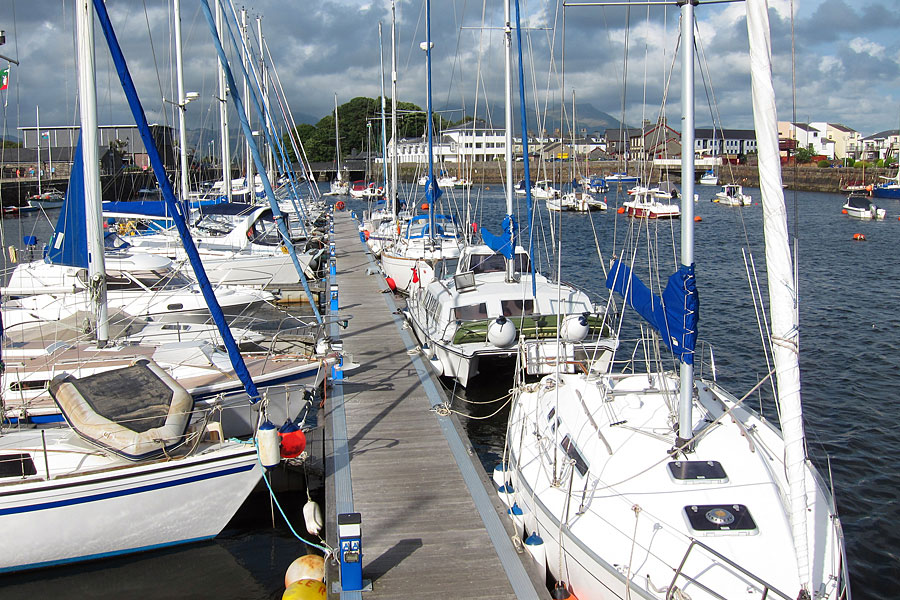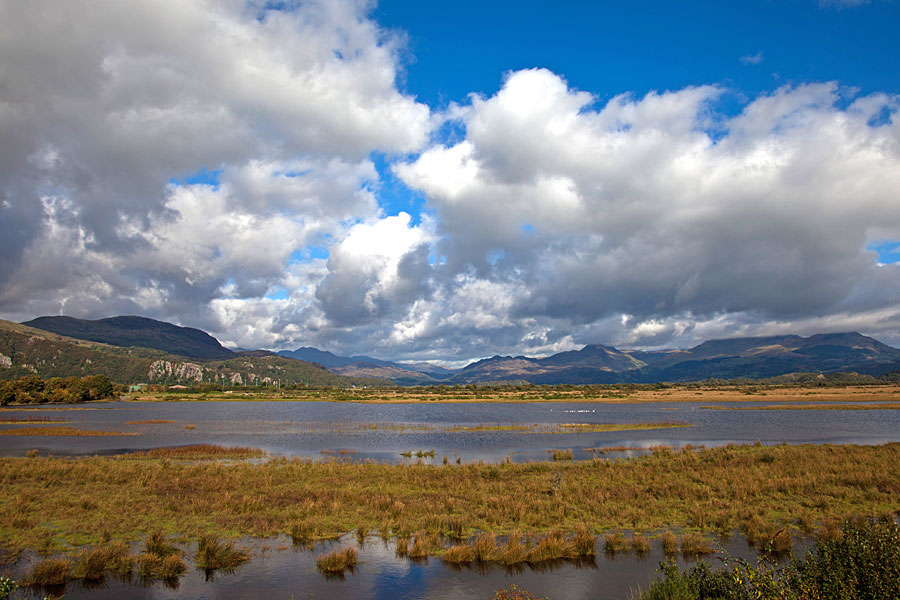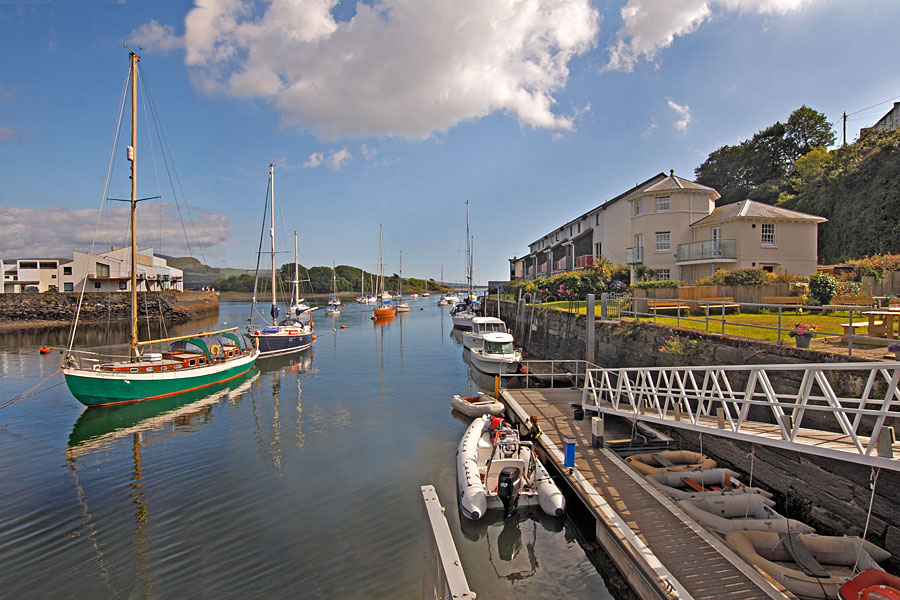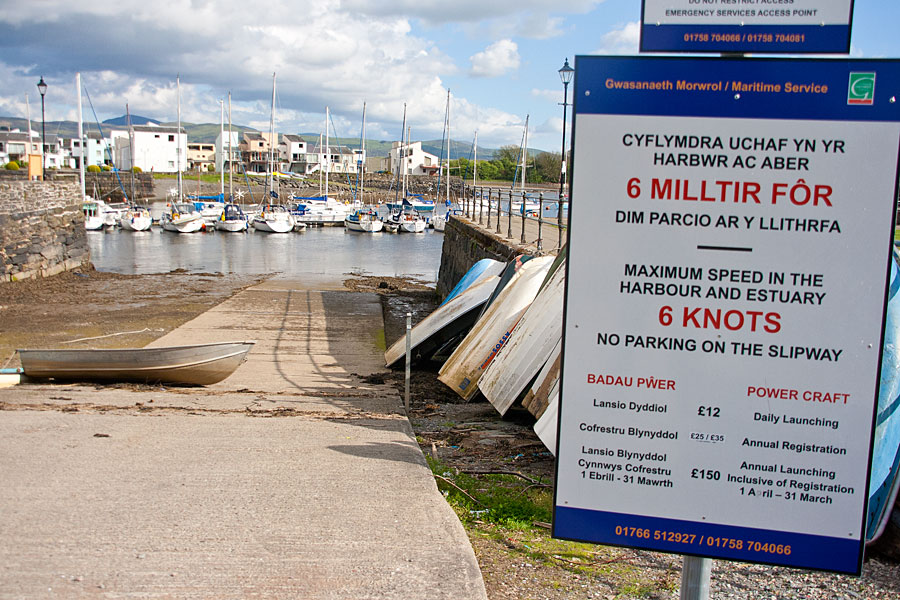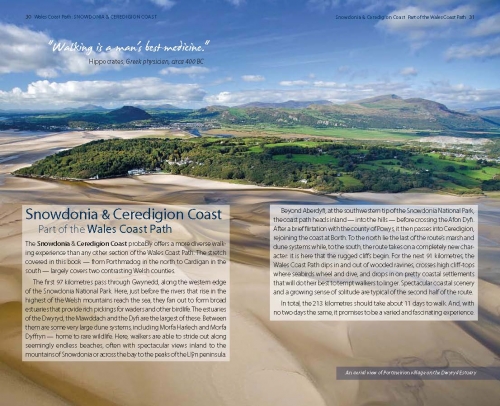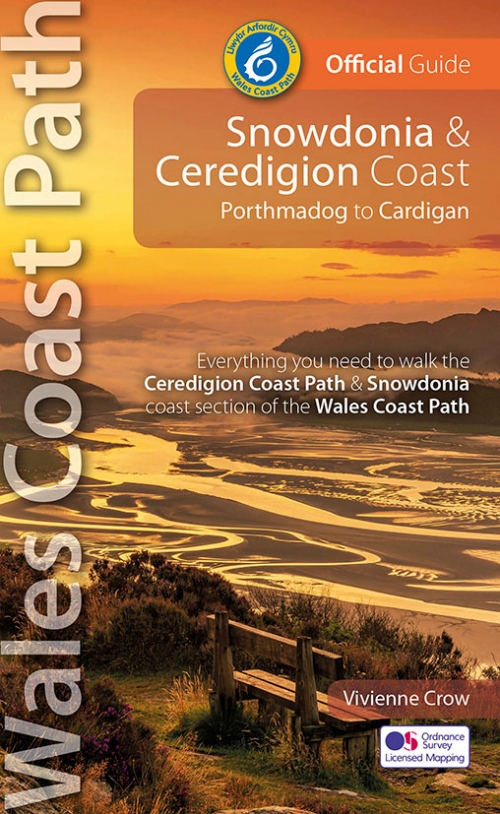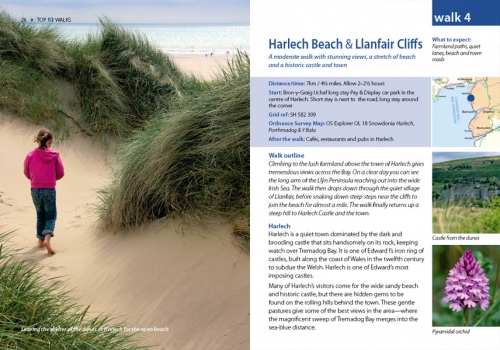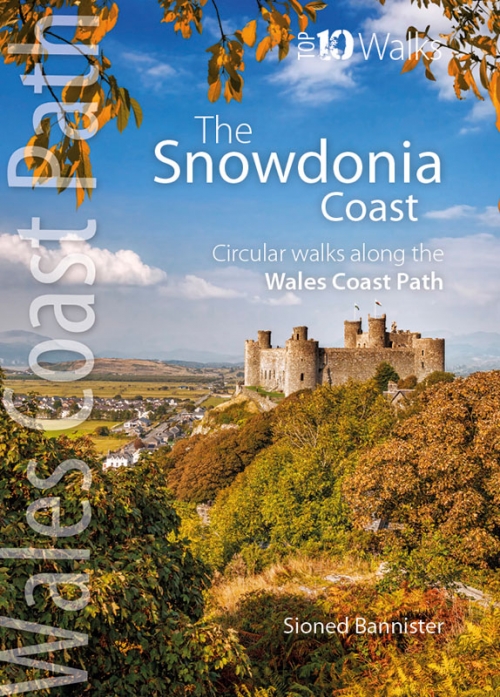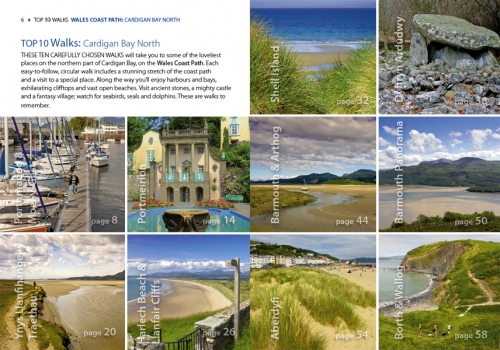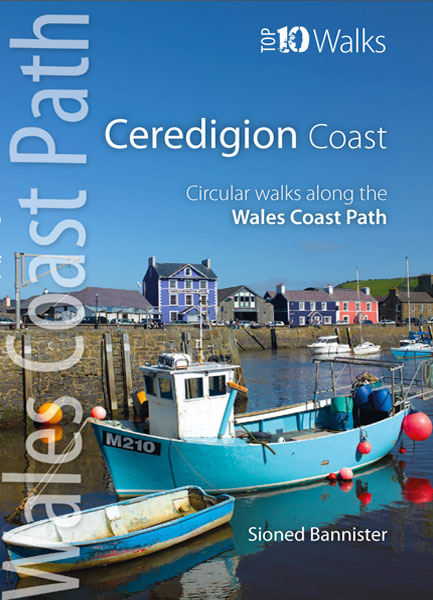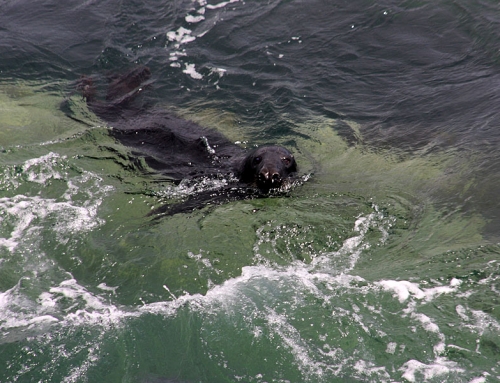Porthmadog is a pretty harbour town at the head of Cardigan Bay
Porthmadog is a popular holiday destination on the Wales Coast Path at the top of Cardigan Bay. Sioned Bannister looks into its fascinating history
THERE WAS AN AIR OF GREAT EXCITEMENT on a September day in 1811. A tremendous party was taking place atop the Cob, the enormous and newly built embankment that now spanned the width of the Glaslyn estuary. A colossal ox was roasted for a fine feast and there were eisteddfod, racing and dancing events that marked the beginning of four days of high spirited celebrations.
Crowds of local people and visitors turned out, eager to see the completion of ambitious works that had been ongoing for almost six years. The whole project was the ingenuity of William Madocks, an English businessman, landowner and politician.
What Madocks achieved was almost miraculous for the time. By building a mile-long stone structure that linked one side of an estuary with another, he not only created a safe route across the perilous Traeth Mawr (or, in English, the Great Sands) at the mouth of the estuary, but he reclaimed great swathes of land from the hungry tides of Cardigan Bay.
Although William Alexander Madocks was not a local man, he left a legacy that would forever change the landscape and fortunes of this once sleepy corner of Wales.
Porthmadog’s population grew rapidly during the mid nineteenth century and the harbour and town flourished.
New town
Madocks was a man with big ambitions. And once work on the Cob was completed he set about designing the town that would bear his name. Porthmadog, or Portmadoc to use its anglicised name, rose up from the marshland and by 1825 a harbour, wharves and a small town had emerged.
The town grew rapidly around the slate mining industry of nearby Ffestiniog. In the early nineteenth century, the roofs of expanding industrial cities cried out for quality slate, and the dark hills and mountains of sleepy Welsh farmland revealed a treasure trove of fortunes in the shape of grey roof tiles.
Tons of slate were carted from the Ffestiniog mountains to the new harbour at Porthmadog to be exported around the world.
As well as wharves and warehouses, several ship-builders yards sprung up alongside the quay to satisfy the demand for cargo vessels and Porthmadog soon became as famous for its magnificent ships as it was for its slate. Majestic schooners, brigs and barquentines were carved, screwed, bolted and chiselled into life and set sail from Porthmadog with their precious cargo.
Trade increased during the 1830s as the demand for slate grew to fever pitch, particularly for fast growing German cities. The mid-1830s saw the birth of the Ffestiniog Railway and the horse drawn carriages from the quarries were replaced by fast steam trains, delivering many more thousands of tonnes of Wales’ grey gold to Madocks’ new port.
Ships Ahoy
Between 1825 and 1913 over 260 ships were built at Porthmadog and the neighbouring village of Borth-y-Gest. Porthmadog’s harbour was thriving with the buzz of maritime activity. The Pencei area of the harbour was bustling as Captains stocked their vessels with last minute provisions from the chandlers that lined the cobbled square, and taverns were packed with sailors making the most of final moments before waving farewell to their families and home towns for months on end.
And further along the wharf returning ships would be welcomed home. Homesick crew would shout greetings to old friends, and foreign sailors acquired along the way would have a first glimpse of Welsh soil, their exotic accents floating along the quay to meet the local dialects.
Porthmadog’s population grew rapidly during the mid nineteenth century and the harbour and town flourished. By the 1880’s however, the expansion of the railways and a severe depression led to the decline of ocean exports and ship building in the town had all but ceased. In the 13 years between 1878 and 1891, only one new ship was launched from Porthmadog.
However, that wasn’t the end of the shipping legacy. Years of experience and knowledge meant that Porthmadog ship builders pioneered the development of the Western Ocean Yachts, designed for the salt-cod trade of Newfoundland. These beautiful three mast schooners were large, strong and steady to cross wide and wild oceans but small enough to navigate the rocky shores and narrow estuaries that awaited them on the other side of the world.
Thirty two of these ships were built at Porthmadog between 1891 and 1913 and they set sail across oceans to destinations all over the world. “Blodwen” was one of the first built and set a record breaking pace when she crossed the Atlantic between Newfoundland and Greece in 22 days, an incredible achievement for the time.
Ghost Ships
Sadly, by the early twentieth century the ship builders of Porthmadog had all but vanished. The slate industry had diminished and the lucrative German market ceased suddenly with the onset of the First World War, which also meant that manufacturing resources were required elsewhere. Porthmadog’s last ship was also perhaps the most famous. The Gestiana was launched in 1913 but was lost on the coast of Newfoundland on her maiden voyage.
Today, not much remains of the town’s busy ship yards. Working vessels have been replaced by cruisers and the harbour is lined not with cargo ships but with small leisure yachts. But the spirit of this ambitious, pioneering and once great harbour lives on its people, whose histories are knotted among the sheets and sails of great ships that helped to build an industrial world.
Sadly Madocks didn’t live to see the full scale of his legacy. He died in France in 1828 on his way back to Porthmadog after a trip to Europe. But the town that bears his name will continue to remember a man and celebrate his vision that shaped the great fortunes of a quiet corner of Wales.
For more information about Porthmadog’s rich maritime history visit the Maritime Museum, situated at the harbour. Open daily from May Bank holiday to the end of September.
Ask at the Tourist Information Centre or call 01766 513 736.
This article first appeared in Welsh Coast magazine in the March issue 2015, and is re-published here with the author’s permission. Copyright © Sioned Bannister 2010. All rights reserved.
Sioned Bannister is a freelance outdoor writer, with a particular love for Wales and the Welsh coast. She has been a regular contributor to UK and Welsh magazines for many years. She is also a member of the Outdoor Writers and Photographers Guild and available for commissions.
Contact: sionedee@hotmail.com
Books and maps for this part of the coast


